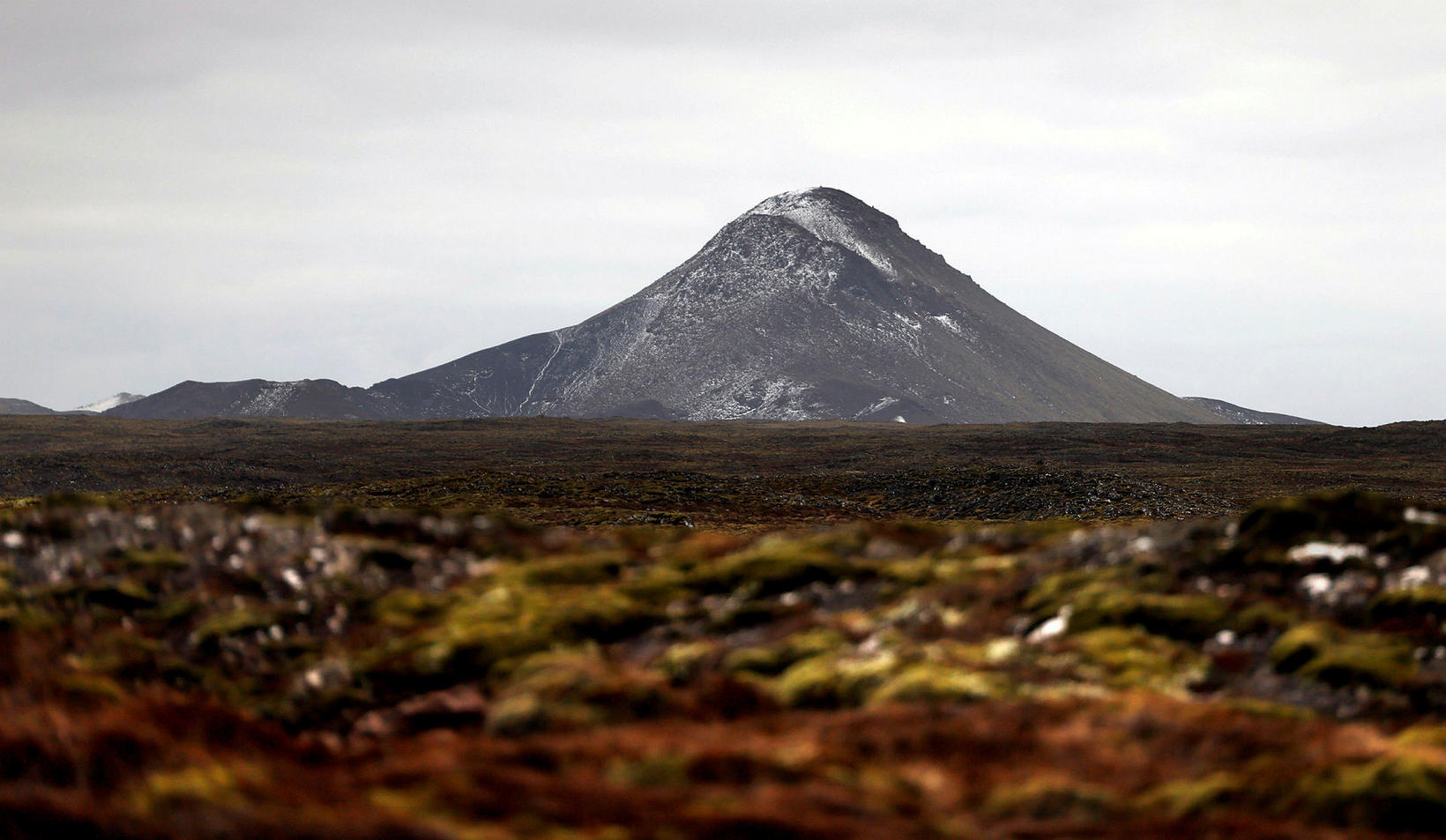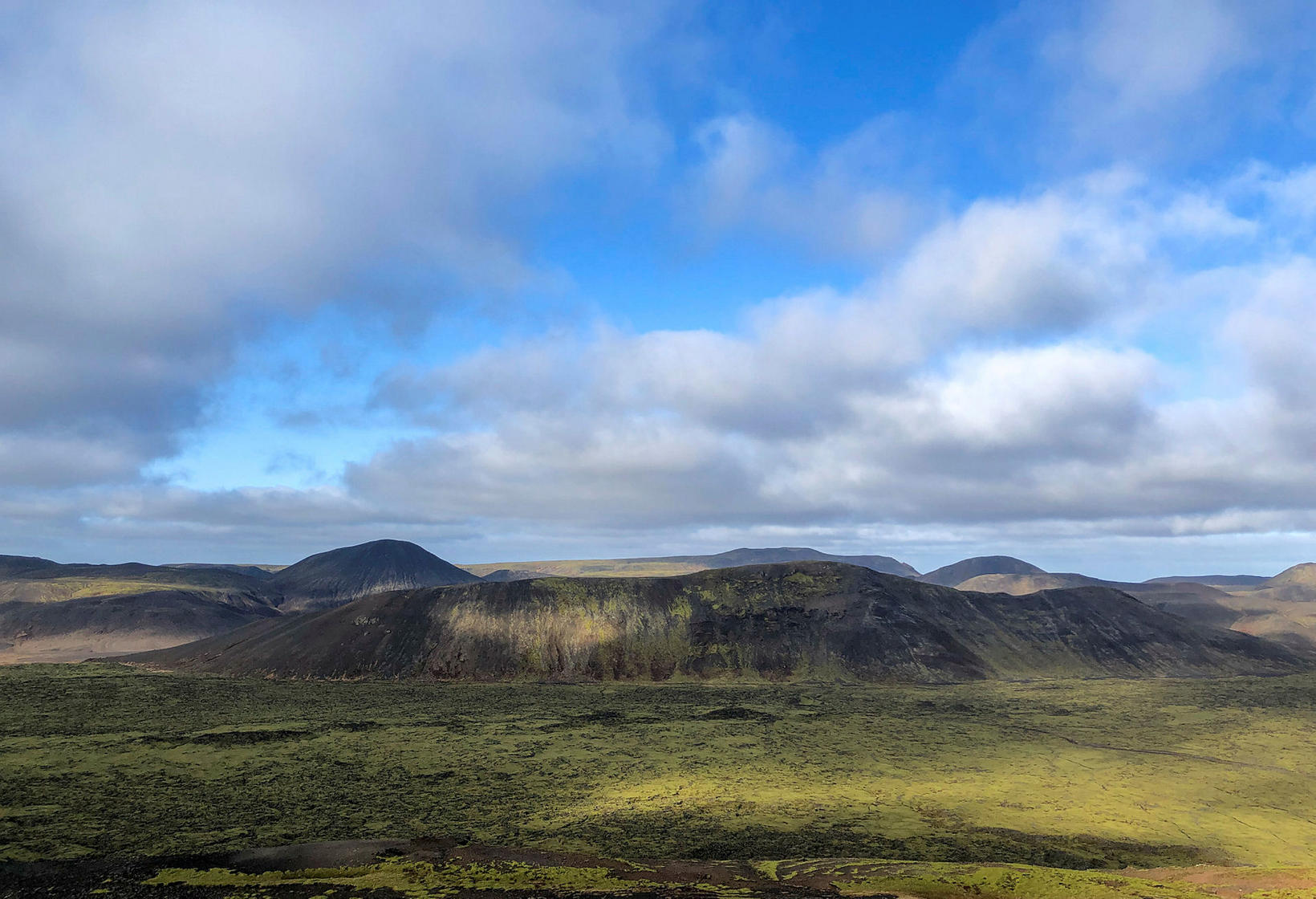Looking Under the Surface Where Magma Collects
An eruption could occur on the Reykjanes peninsula, Southwest Iceland, on short notice. That is the opinion of geophysicist and Professor Emeritus Páll Einarsson, Morgunblaðið reports.
Scientists are closely monitoring the magma dyke that extends from Keilir mountain to Fagradalsfjall mountain. The south end of the magma dyke, near Fagradalsfjall mountain, is at a depth of only one km.
Páll explains that if the magma has pressure and conditions to reach the surface, it can travel the remaining one km in a short time. He notes that prior to the Holuhraun eruption in the highlands in 2014, the magma dyke continued growing for two weeks before magma finally erupted.
Should and eruption occur near Fagradalsfjall mountain, it will likely be on a fissure, he states. Such eruptions can be powerful to begin with, but quickly lose power, as we have seen in eruptions in the Krafla region in Northeast Iceland.
It is possible, too, Páll notes, that the magma will solidify in the dyke if the flow of magma into the dyke stops. In such a case, no eruption occurs.
The thickness of the dyke is 1-2 meters. To visualize it, Páll describes it as a table top, with a thickness of 1-2 meters, which stands upright. The upper edge is at a depth of 1-1.5 km, and the table top extends to a depth of 4-5 km. About 10-20 m3 of magma is believed to flow into the dyke per second. Therefore, the magma dyke expands and grows thicker. The total volume of magma inside the dyke is thought to have reached 10-20 million m3.
“That’s not considered a great deal,” Páll opines. “Should all of it reach the surface, it would be comparable to one eruption at Fimmvörðuháls [South Iceland], which was among the smallest eruptions.”
Models assume that the dyke has moved somewhat closer to the surface. Páll states that the strata above the dyke are likely weaker than the ones it has already burst through. Groundwater could cool the magma, potentially creating a geothermal area there.
Páll explains that the main reason for the earthquakes is that the magma dyke affects the stress range in the earth’s crust. It can relieve stress already present. “The dyke is likely above the epicenters.”
Kristín Jónsdóttir, natural hazards specialist at the Icelandic Met Office, told Morgunblaðið yesterday that a new satellite picture suggests a rather steady flow of magma into the dyke. “The chance of eruption keeps increasing,” she concluded.










